New Pig Code of Practice is setting Canada apart
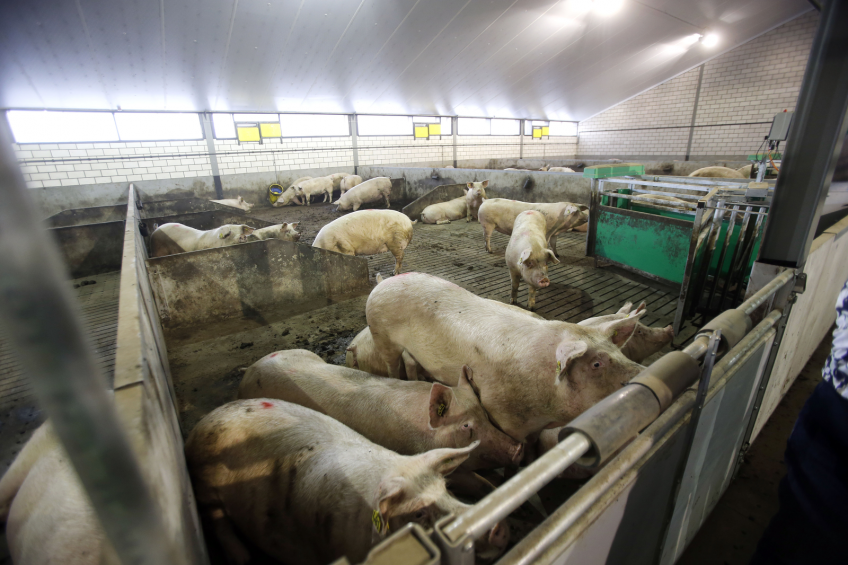
Canada has its own way of overcoming ?societal disagreements about pig production. Stakeholders sat together and jointly worked out guidelines for the entire industry with regards to pig handling. The third Pig Code of Practice was launched early this year.
By Harry Siemens
Canada’s pork industry has a new Pig Code of Practice, updating the one the industry developed and implemented back in 1993, and the first one in 1984. The ‘Pig Code’ is short for the ‘Code of Practice for the Care and Handling of Farm Animals: Pigs’. It contains guidelines for the care and handling of pigs on Canadian farms throughout their lives. The code represents three years of collaboration among producers, veterinarians, animal welfare representatives, including the Canadian Federation of Humane Societies, and animal scientists.
First Pig Code
The industry released the first Pig Code in 1984, the second revision in 1993. The current one is the hog industry’s third iteration. This history shows the continued commitment of hog farmers and the industry to the welfare of the animals in their care.
Gary Stordy, public relations manager, Canadian Pork Council says the updated Pig Code has both regulatory and industry imposed expectations on defining what is acceptable and what isn’t when the industry deals with some of the practices.
Stordy points out that the industry has, in addition to the code document itself, the Animal Care Assessment programme and the Canadian Quality Assurance programme.
The Animal Care Assessment (ACA) manual presents animal care requirements based on the Pig Code that became a requirement for CQA registration in 2012. To register as a CQA producer, a programme validator assesses the producer each year for compliance to the programme requirements.
This new code of practice updates the old one, and the assessors use it to reassess the producer to give him his CQA registration. “So what the industry has to do is sit back, take the code and update our ACA programme so they match,” Stordy says.
When the producer goes through the assessment, and the assessor indicates the producer isn’t following the ACA requirements, he must make the corrections as documented. “If the producer fails to make any of the adjustments or corrections they risk losing their marketing options of shipping their hogs,” he says.
Consensus-based
Jackie Wepruk, the general manager of the Canadian National Farm Animal Care Council (NFACC), says the consensus-based approach used to update Canada’s codes of practice has proved highly successful. “Animal welfare is a deeply personal and often very emotional issue and everyone has their own perspective that’s based on their values, their experiences, their knowledge and even their culture,” says Wepruk.
“The challenge has always been to strike a balance that reflects our scientific understanding of animal welfare and is also practical for farmers to implement and also address societal expectations.”
She thinks this code really marks a significant step that diverse stakeholders took together to constructively address pig welfare. It’s a starting point for continual improvement not only in terms of how the industry addresses pig welfare but how all these different perspectives on animal welfare can work together.
“I think this code really represents an important turning point for pig welfare in Canada and hopefully sets an example for others as they struggle with welfare issues, too,” adds Wepruk. She says everyone shares the responsibility of making this code a success and supporting the producers who must implement it.
Setting Canada apart
Florian Possberg, the chair of NFACC’s Pig Code Development Committee says this new code sets Canada apart in terms of how the industry can care for its animals. In response to the public’s desire for more freedom of movement, under the final revised code all new facilities will need to house sows in groups, the new code outlines pain relief during painful procedures and, recognising these are intelligent animals, there is more emphasis on enrichment of their environment.
Possberg says the biggest change from the draft update revolves around the conversion of existing facilities to group housing. “In the draft code we anticipated we would require existing sow confinement systems to convert to a more open system,” he says. “What we found though is the high cost of converting existing facilities and quite frankly in some situations the impracticality of converting some existing situations. Not just the cost being prohibitive but the logistics of actually doing it could very well lead to a lower standard of animal welfare for the animals forced into bad systems.”
Possberg says the committee concluded that’s not where they want to be, so existing operations can continue to function as long as they do it in a very good manner but the industry will, over time, convert totally to the new system.
Revising and implementing
Alberta Pork says that while the work of revising the code is over, the greater challenge of implementing it has just begun. According to the organisation that represents Alberta pork producers, this same collaborative approach that developed the Pig Code, the industry needs to take the same approach when taking the code requirements from the boardroom to the barn. “We’ve all had our input into this document including the Canadian public,” says Alberta Pork executive director Darcy Fitzgerald. “Now it is time to allow our producers – who are very progressive – to work through those necessary changes in the time allotted.”
Fitzgerald says this code isn’t something the government imposed on producers, but reflects the industry’s commitment to the animals which producers care for and the best practices needed to do that.
He says the key is to manage this change in a way that’s fair to everyone involved while honouring the fact that the industry developed the code through an agreed upon consensus process. Since the entire value chain drove the new code development, Fitzgerald hopes that everyone will share the cost of implementing it. “Progress is important, but can also be pricey,” says Fitzgerald.
While there are a number of different perspectives on the code, Fitzgerald says there is one thing that everyone can agree upon. “We need to allow some flexibility in applying the code requirements to reflect the unique circumstances of each farm and the skill sets of producers,” he says. “They know their pigs better than anyone and understand their needs. At the end of the day, it’s about doing what’s best for the animals.”
Broad input
Claude Vielfaure of HyLife Foods, one of the largest pig producers in Canada and a director with the Canadian Pork Council suggests broad public input is a significant factor in the successful update of the Pig Code.
Vielfaure, who took part in the process as an observer, says the participation of such a broad cross section of stakeholders is significant. “It’s getting the total value chain at the table discussing the code of practice and how to raise pigs, so I think it’s very significant,” says Vielfaure. “With the Canadian Federation of Humane Societies there, it certainly brings a focus on all aspects of raising pigs including the animal care portion.”
Vielfaure says producers are relieved to have the new code completed and in place. “Moving forward, there will be some changes to which producers will have to adapt and now it’s up to producers to look at the final version and see how they can implement the changes,” he says.
He says both sides probably think it went too far in certain areas but at the end of the day, they found something that can work for everybody, and hopefully it can improve the care for the animals.
“I’m sure there will be more pressures going forward on trying to bring those standards even higher but it will be an ongoing thing,” he adds.
In summary, the major changes/ improvements to the Pig Code for Canadian producers are sow housing, space allowances, pain control and environmental enrichment. The Canadian pig industry is committed to full adoption of group housing systems. All barns built after July 1, 2014 will provide loose housing for mated gilts and sows. Over time, this requirement will see all sows in Canada housed in groups.
Source: Pig Progress magazine 30.4 (2014)
Join 18,000+ subscribers
Subscribe to our newsletter to stay updated about all the need-to-know content in the pigsector, three times a week. Beheer
Beheer

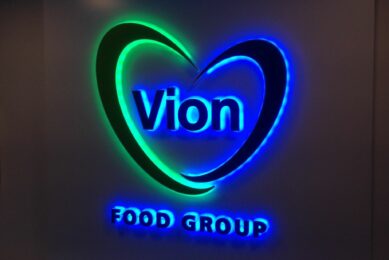
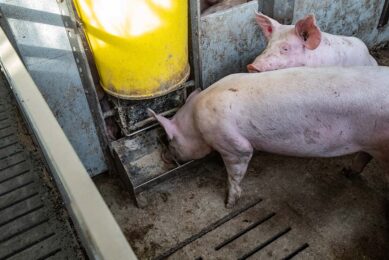
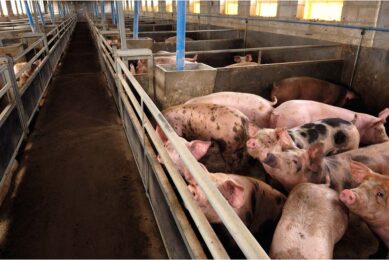
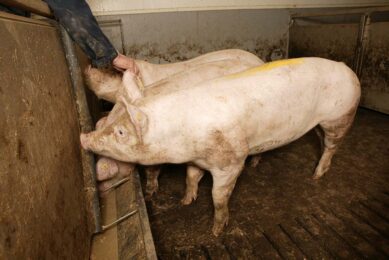





 WP Admin
WP Admin  Bewerk bericht
Bewerk bericht